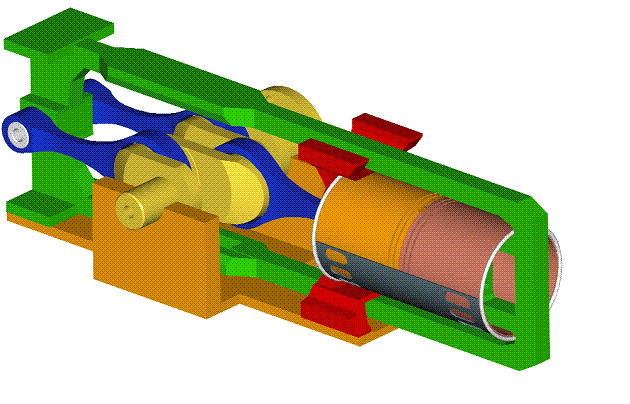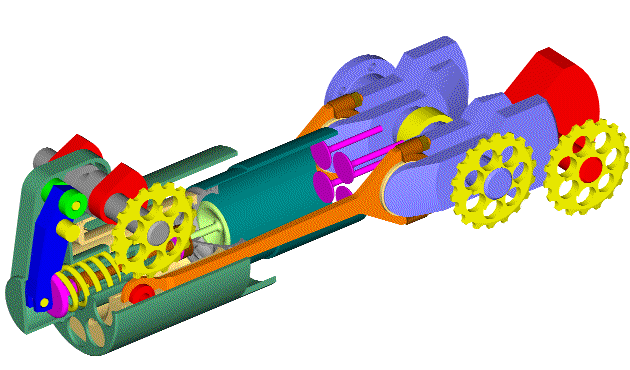Hello Autogyro.
Pal-V is an autogyro.
An 160kW (217bhp) gasoline engine is giving it a top speed of 180 km/h (112 mph) on land and in air; not much for such power, especially if you consider the top speed of motorcycles having less than half this power.
If the cheap electricity you are talking about comes from burning fossil fuels, it is not as cheap as you think.
The best internal combustion engines of cars and trucks operate near 40% Brake Thermal Efficiency, the gasoline, and 45% the Diesels.
In comparison the biggest power plants operate at a BTE a little more than 50%.
So, from the energy of the fuel, at the power station you throw away 50%.
Then you distribute the electric power losing another percentage.
Then you put your electric car to recharge it batteries in your garage. The electric to chemical energy transformation throws a good part of the energy to the surrounding air as heat.
Then you get into your car and drive it by transforming the chemical energy of the batteries back to electricity (also at a poor efficiency), and then the electricity into kinetic energy to the wheels.
As you see, it is not an efficient procedure.
If your calculations are based on the cost per kWh, you should take into consideration the taxes you pay at the gas station.
In areas wherein there is plenty of renewable energy, the electric vehicles is a great solution. But if your electric car (or electric autogyro etc) is to be charged by the energy produced by burning – at a distant power station - fossil fuels, it is not a good solution.
The granting of a patent for a new idea / engine / mechanism etc takes a lot of time (sometimes more than 3 or 5 years).
In the meantime – and after applying for the patent – your idea is patent pending, i.e. your intellectual property is protected.
For instance, the US8,910,597 Patent was granted (mail of Issue Notice) yesterday by the USA Patent Office (US-PTO) for the PatPOC engine at
http://www.pattakon.com/pattakonPatPOC.htm (compare it with the OPOC engine of Bill Gates / EcoMotors):

and for the PatPortLess engine at
http://www.pattakon.com/pattakonPatPortLess.htm :

For some years the PatPortLess engine and the PatPOC engine were open to the public and protected as “patent pending”.
It is your right to not want to talk for (and risk) your “patent pending” ideas.
But you have to decide either to open your ideas to the public, or to keep them secret.
What you are doing in this discussion is to talk for your great, but secret, idea.
Thanks
Manolis Pattakos


